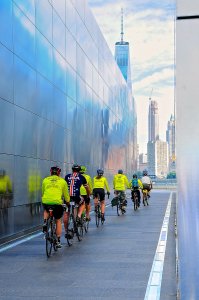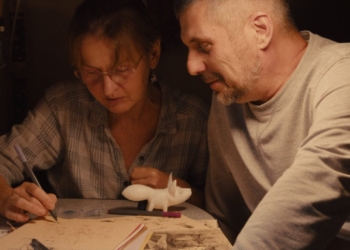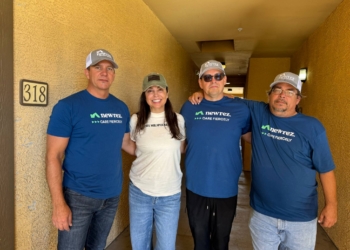Each year, hundreds of thousands pilgrimage to Northern Spain’s Camino de Santiago trail. They begin their spiritual or exercise-motivated trek in bull-goring Pamplona and conclude it at the shrine of the apostle Saint James the Great, collecting many wellness-related experiences along the route.
However, pilgrimage trails aren’t exclusive to the Old World. America has its own special mind-body-soul path: the 9/11 Trail.
“As a member of the 9/11 Commission, I am proud and delighted to support the 9/11 National Memorial Trail,” said former Secretary of the Navy John Lehman. “This is an example of America working together and communities connecting together in one vibrant celebration of life.”
The trail project was established in 2002 and led by David Brickley, founder and president emeritus of the nonprofit September 11th National Memorial Trail Alliance, to create a symbolic trail/greenway that connected the three 9/11 crash sites: the World Trade Center in New York, the Pentagon in Washington D.C., and the Flight 93 Memorial in Shanksville, Pennsylvania, says Leanne Janowski, the 9/11 Trail communications coordinator.
“The actual idea to create the 9/11 Trail came just days after the tragedy itself in September of 2001,” she added.

After the conclusion of a Mid-Atlantic Governor’s Conference on Greenways, Blueways, and Green Infrastructure in the fall of 2001, Brickley founded the 9/11 National Memorial Trail.
“… where he noted that as lovers of trails, greenways, and conservation, reflection was needed on how goals could be merged with honoring the heroes of 9/11 and upholding America’s values of freedom and democracy,” Janowski said.
Read: 5 military friendly and socially distant family getaways
The Alliance works with local and state governments, other trail organizations, and federal agencies to facilitate accessibility to the 1,300-mile trail system.
“The 9/11 Trail is also good for our health, local economies, and the environment,” states the 9/11 Trail website. “The Trail offers walkers, runners, and cyclists a safe, accessible opportunity to experience beautiful landscapes, discover new towns, and visit historic sites of American resilience along the way.”
Other trail alignment highlights include Harper’s Ferry National Historical Park, Great Falls Park along the Potomac River, and the Empty Sky Memorial at New Jersey’s Liberty State Park. Visit www.911trail.org for a comprehensive list of sites.)
Some trip tips if you’re planning a visit to the 9/11 Trail:
- Consult the 9/11 Trail website for the current route alignment, trail location, and if it’s a road or established trail.
- Check for route overlays with other major trail segments, ex. the Great Allegheny Passage Conservancy in Pennsylvania (https://gaptrail.org/explore), the East Coast Greenway (https://www.greenway.org), and Schuylkill River Trail in Southeastern Pennsylvania (https://schuylkillriver.org/schuylkill-river-trail/).
- Use a GPS map for reference when traversing the trail. Note: Not all routes may be the same (https://ridewithgps.com/routes/32404193).
- Lodging: The 9/11 Trail passes through stunning remote areas where lodging opportunities probably aren’t plentiful. The Alliance recommends searching Google maps for lodging or emailing a local chamber of commerce for specific information.
- If you’re planning a one-way trip, the Alliance suggests taking Amtrak — they transport bicycles for a reasonable fee — which services many cities along the trail. If your vehicle is part of the transportation arrangement, then driving to your endpoint and taking a train with your trusty bike to your chosen starting point is an efficient traveling strategy.







































